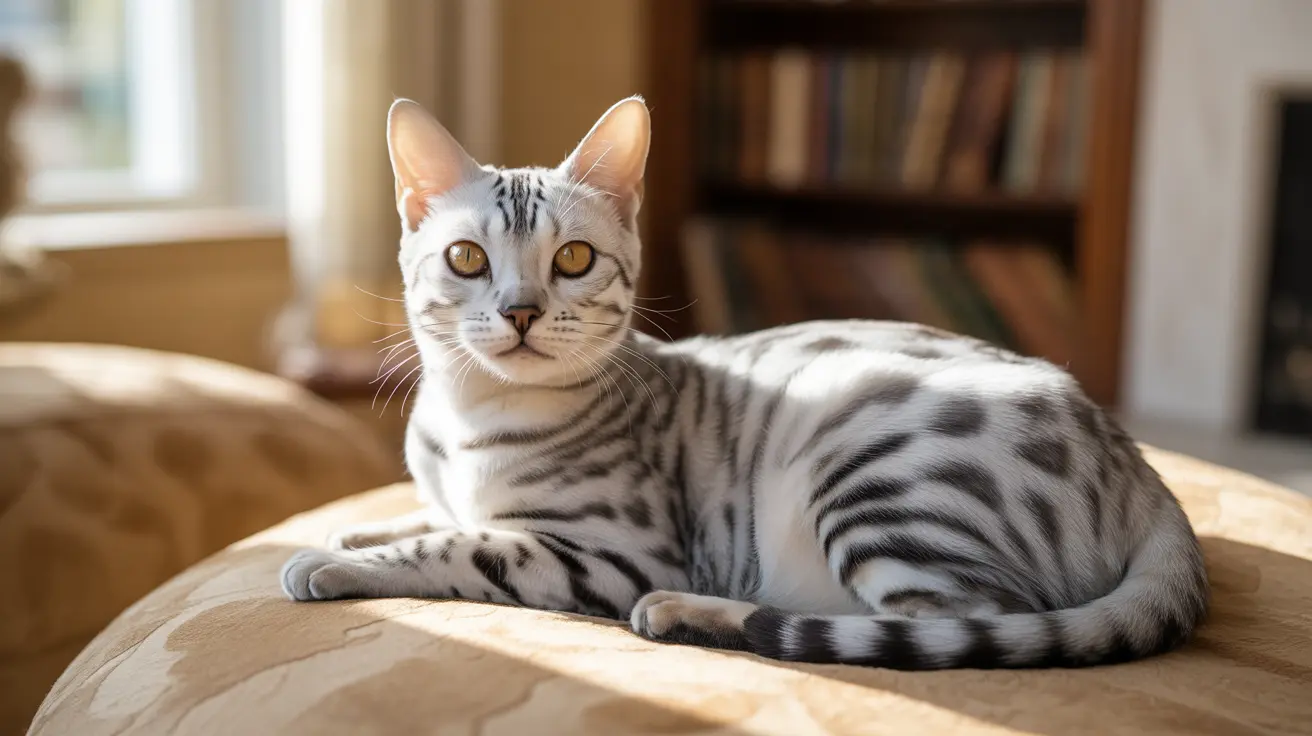If you've ever caught your cat staring intently at you, you're not alone. Cat staring is a fascinating aspect of feline behavior that serves multiple purposes in their communication arsenal. From expressing affection to making demands, understanding why cats stare can help you better interpret your pet's needs and strengthen your bond.
Let's explore the various reasons behind your cat's penetrating gaze and learn how to respond appropriately to different types of stares.
The Different Types of Cat Stares
The Loving Gaze
When your cat offers a soft stare accompanied by slow blinks, they're expressing affection and trust. This gentle gaze, often called "cat kisses," is one of the most endearing forms of feline communication. The relaxed eyelids and occasional slow blinks indicate that your cat feels safe and content in your presence.
The Request Stare
Cats are masters at using their gaze to communicate their needs. A focused stare, especially when combined with meowing or leading you to specific locations, usually indicates your cat wants something specific - whether it's food, play, or attention.
Understanding Cat Staring Behavior
Curiosity and Monitoring
As natural hunters, cats use their keen eyesight to observe their environment. When your cat appears to be staring into space or fixating on something you can't see, they're likely monitoring their surroundings for potential prey or interesting movements.
Territorial Watching
Cats may stare to assert their presence in their territory or to keep track of household activities. This behavior is particularly common when watching through windows or monitoring other pets in the home.
When Cat Staring Signals Warning Signs
The Warning Stare
A hard, unblinking stare accompanied by a tense body posture and flattened ears is a warning signal. This type of stare indicates your cat is uncomfortable, fearful, or preparing to defend their territory. It's crucial to respect these signals and give your cat space.
How to Respond to Your Cat's Stares
Understanding how to react to your cat's different types of stares is key to maintaining a healthy relationship:
- For loving gazes: Respond with slow blinks to reciprocate affection
- For request stares: Address their needs if appropriate, but maintain consistent boundaries
- For warning stares: Give space and avoid direct eye contact until they relax
Frequently Asked Questions
Why does my cat stare at me and sometimes slowly blink?
Slow blinking while staring is your cat's way of showing affection and trust. This behavior, often called "cat kisses," is a positive social signal that indicates your cat feels comfortable and safe with you.
What does it mean when my cat gives me a hard, unblinking stare?
A hard, unblinking stare usually indicates tension, fear, or potential aggression. When accompanied by a stiff body posture and flattened ears, this type of stare suggests your cat needs space.
How can I tell if my cat is staring to ask for food or play?
Context is key. If your cat stares and then leads you to their food bowl or toys, they're clearly communicating their desires. They may also combine staring with meowing or pawing to get their message across.
Is it normal for cats to stare at their owners constantly for attention?
Yes, it's normal for cats to stare at their owners for attention, especially if this behavior has been reinforced in the past. However, excessive attention-seeking might indicate boredom or anxiety.
How should I respond when my cat stares at me in different ways?
Respond based on the type of stare and context. Return slow blinks for affectionate gazes, address clear requests appropriately, and respect warning signals by giving space. Maintaining consistent responses helps establish clear communication with your cat.
Conclusion
Cat staring is a complex form of communication that can convey everything from love to warnings. By learning to read your cat's body language and understanding the context of their stares, you can better respond to their needs and strengthen your bond. Remember that each cat is unique, and taking the time to understand your particular pet's staring patterns will help you build a stronger relationship.






